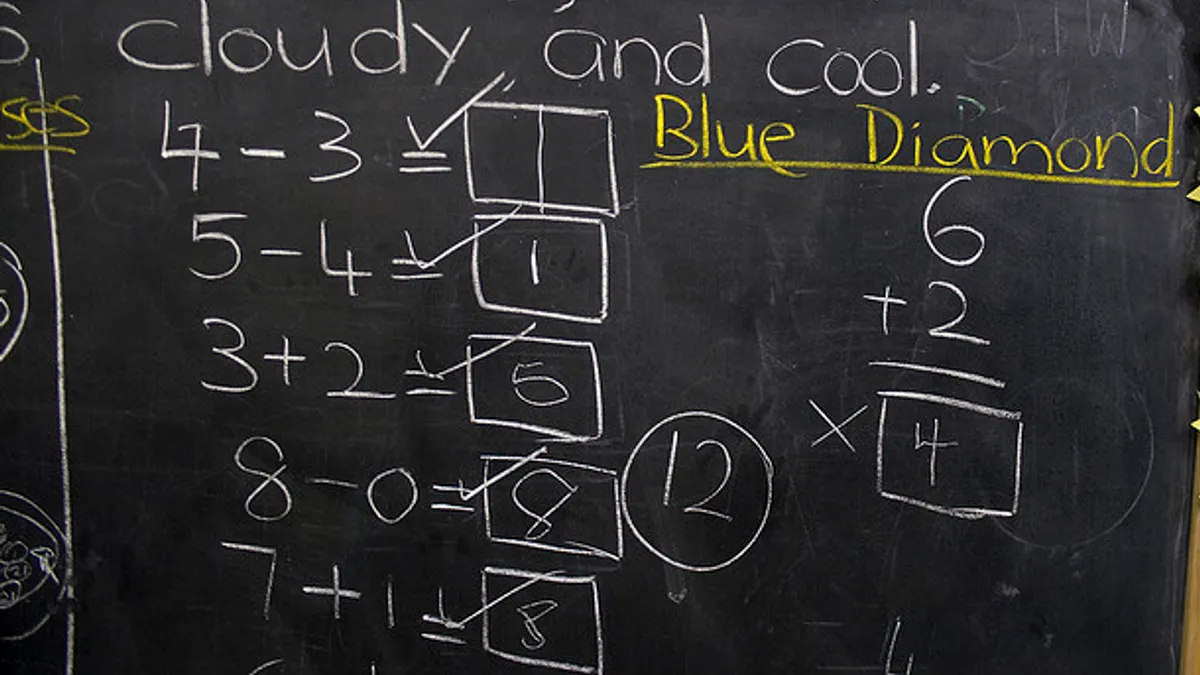Dive Brief:
- Quick check-ins via simple formative assessments can allow educators to offer students choice around the instruction they need, writes Mike Anderson for Edutopia.
- Citing teacher Chris Ward as an example, he focuses on how Ward gives her students a selection of, say, three long division problems and ask that they solve the one they feel strongest they can complete successfully, using the results to inform the following day's lesson.
- Best practices for the approach include creating good choices based on learning goals and the information you need, giving students enough guidance without overly directing their choice, consistently practicing the approach so students can improve self-assessment and decision-making skills, and not forcing the choice approach if there's already a single assessment option that will best measure their learning progress.
Dive Insight:
Scaling personalized learning to traditional classrooms has proven difficult over the years, with often-private school models that have smaller classes more frequently finding the most success doing so. But approaches like this highlight ways educators can work to offer the most relevant lessons to students — especially those who might be struggling with certain skills and concepts.
Amid pushback against over-assessment, this tactic could also come into play beyond mandated state exams as a means of better gauging what really needs to be assessed and when. Another model being used by some educators turns assessments into collaborative experiences that allow students to work with their peers on problems before taking an exam on their own.
With its return of significant decision-making power to the state level, the Every Student Succeeds Act is likely to change the face of how assessment is approached in the U.S. One area states have already shown interest in is new funding for pilots of "innovative assessment" models.














